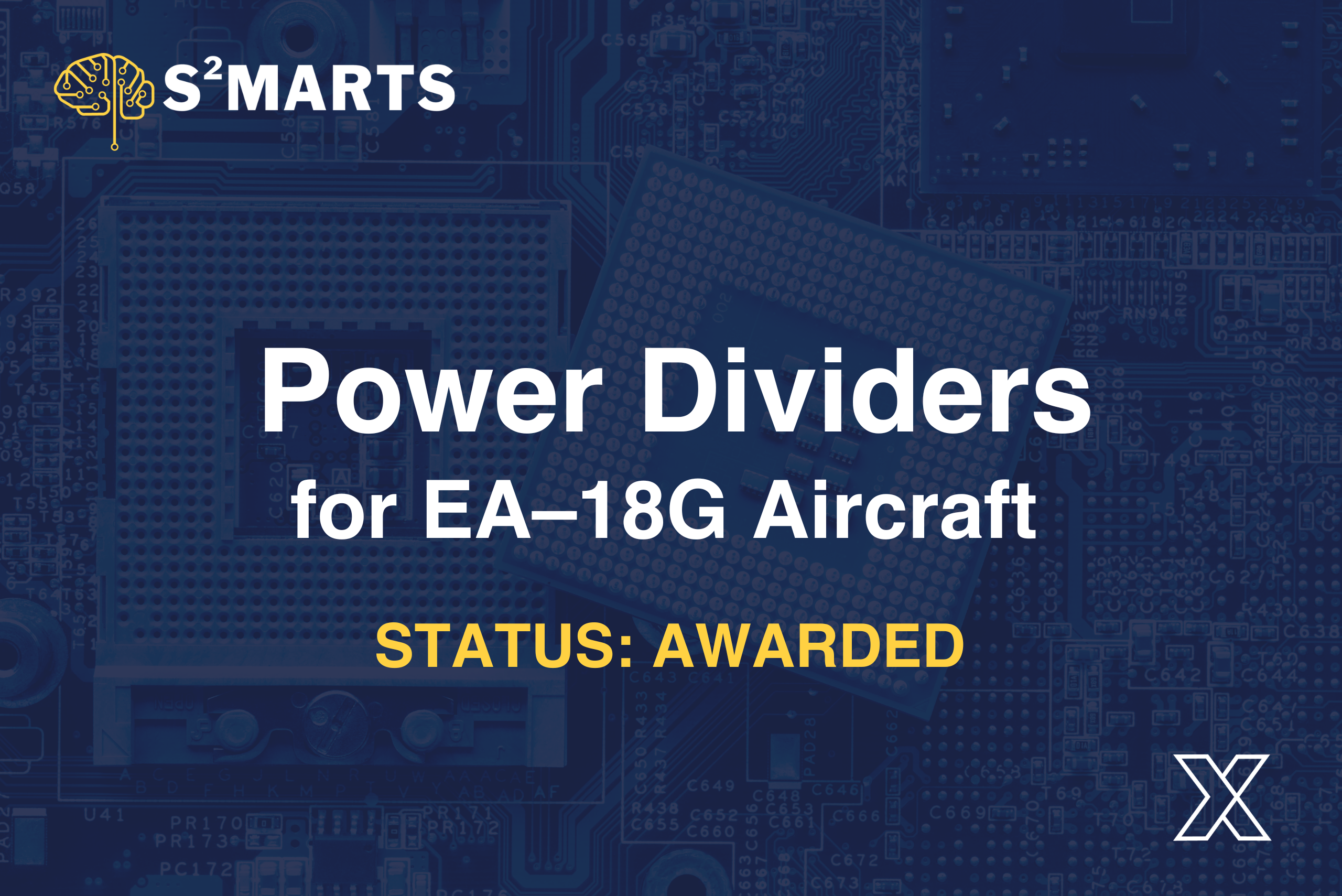Immersive Technologies in the US Military
April 18, 2023

While the market for immersive technologies such as augmented reality and virtual reality is sweeping the globe across a multitude of industries, nowhere is it making a greater impact than with the U.S. military and national security.
Both AR and VR technology are quickly becoming critical components as military tools. The impact of immersive technologies is significant, and the possibilities are endless. Here is why.
What Are Immersive Technologies
This refers to new methods of displaying, creating, and interacting with content, applications, and experiences. It is transforming the digital experience today by combining sound, sight, and even touch.
Immersive technologies come in various technologies, such as VR technology. Virtual reality simulates the surrounding environment by using a computer to help. It immerses a user using a virtual 3D experience to engage various senses.
Technology Advancements For Military Training
For combat and training enhancements, the military is always leading the way with emerging technological advancements. AR, or augmented reality, is no exception to this rule.
The simplest form of AR is what you use with a Snapchat filter. However, well before what you see with Snapchat, the Army was already using augmented reality. Their fighter jet pilots relied on this technology for real-time overlaying.
Warfare is always changing. To get ahead, the military must find opportunities to get ahead. They need to keep up with the latest in military “trends.” There are plenty of possibilities with data and graphics processing for the future, therefore, there are countless ways AR will grow too.
Warfare Augmentation Solutions
If you are familiar with the term “heads up” display, you may not be aware of where it emerged. This comes from AR technologies the military uses for fighter planes.
In a pilot’s visor, all critical information is superimposed, such as weapons targeting, spatial orientation data, etc. This helps a pilot to improve their situational awareness because they do not have to look down at panels for information all the time.
TAR: Tactical Augmented Reality
Many organizations are researching what could be mega potential for the Army. This looks like NVG or night-vision goggles. However, there is so much more possible with TAR than that.
TAR can help a soldier see their exact locations. It can also help them see where allied and enemy forces are.
Just like how they position goggles, they can mount TAR into a helmet. It can operate day and night. TAR can substitute the typical goggles and GPS.
This means that a soldier would not have to hold their head in a downward position to check their location on GPS, but look straight ahead.
Wireless Connection
Further, the TAR eyepiece connects wirelessly to a thermal site on a weapon. It connects wirelessly to a tablet at the waist of the soldier. A system like this helps soldiers to see a target they are aiming at and how much distance there is to it.
This type of display can be split in two. A soldier can see what their gun is pointing at. They can also see the frontal camera mounted on their helmet.
For example, it protects soldiers from risking a headshot because they can see over a wall or around the corner.
Tactical augmented reality allows soldiers to share information, especially as it has its own wireless network. They can communicate with squad members inputting data when a situation changes.
In short, tactical augmented reality can reduce the number of devices a soldier must carry, improve their battlefield awareness, and help to bring victory over an enemy most efficiently.
HUD 3.0
This is another helmet-mounted AR display showing promise. They unveiled it at a recent AUSA Global Force Symposium and Exposition. HUD 3.0 offers soldiers navigation improvement, aiming enhancement, and virtual training.
HUD 1.0, which commonly refers to ENVG-B, or Enhanced Night Vision Goggles- Binocular, is an AR device that allows soldiers access to better tactical information and night sight. It comes as an overlay. They wirelessly linked it to the rifle for the targeting reticle, showing a soldier where they are aiming.
The good news is that HUD 3.0 will have all the capabilities of HUD 1.0. Besides what the HUD 1.0 offers, the HUD 3.0 also offers virtual foes, obstacles, and overlapping digital terrain. These AR features will help the US Army to train for complex scenarios, but at a lower cost than it currently pays.
What the military refers to as war games are expensive. It is where troops can fight each other. Due to the expense, they cannot conduct them often.
The work on the HUD 3.0 is still in progress. However, expectations are that it will be compact, robust, light, and customizable. Customization is vital, though, because what a squad leader will see is not the same as what a regular shooter. There must be customizations based on the role of the soldier.
STE: Synthetic Training Environment
Training helps prepare for combat. Despite that, it does not compare to real-life combat. In a real-life combat scenario, and gunfire surrounds you, you are in a highly dangerous zone. Making the right calls and staying calm is challenging.
Still, augmented reality can provide a solution for this. A synthetic training environment helps soldiers train in an immersive way. It places them in a physically and mentally stressful environment.
STE developers have a key aim. That is to create an option for commanders to train soldiers in an adaptive unit that has a higher level of readiness.
There are no prototypes currently. However, representatives of the Army have high hopes for STE training. They believe it will help aviation, infantry, Stryker, etc.
Benefits of Augmented Reality
There is recognition in place for how important augmented reality is for military training. Both VR and AR technologies help the military save money. For trainees, it is a safer environment, helping them develop cognitive skills.
A recent report from the ONR (Official Naval Research) suggests that anyone who does not play video games unfortunately has a field of vision that is less developed. They are also worse at memorization of visual objects. Further, compared to gamers, they process new information slower.
Hence, VR and AR can create game-like simulations which boost the cognitive abilities of soldiers. This means that virtual training experiences are in line with traditional field practices.
Essentially, STE combines three types of realities. It’s a mixture of augmented, virtual, and physical. STE is flexible, so it helps for most types of mission rehearsals. STE has the intuition that can make training effective.
Open Architecture and Intuitive Interface
In one training session, a soldier can go through multiple iterations. The soldier and the trainer can make real-time adjustments to the system.
The STE Cross-Functional Team is working toward providing all training environments to troops on a single platform using an intuitive interface and open architecture. A system like this allows access to any part of the world and many kinds of environments, helping to show how complex some places are for combat operations later.
STE is seeking to be the ultimate training platform. It can adapt quickly to modern warfare advancements. In terms of military use, augmented reality technology is the future.
ARES: Augmented Reality Sandtable
The military has been using a sandtable to train cadets and plan military operations for a long time now. Often, you see a table containing a scaled physical model. It has plastic figures which represent that allied troops and enemy troops, along with the terrain involved.
In 2015, the Army Research Laboratory completed its development of an augmented reality version of the military sand table. ARES has lots of benefits for the US military, including:
- Control with gestures
- Intuitive interface
- Network for distant collaboration
- Real-time terrain generation (using hands)
- Scalability
- Wide selection of terrain types
With ARES, students have much higher engagement. ARES provides a better visual representation of the battlefield and lowers the time how much time it would take to create a model of the terrain and the associated scenarios.
The Pros of Augmented Reality
To begin, there are many ways augmented reality is helping the military, including safer training environments, enhanced spatial awareness, and real-time targeting. AR also offers engaging mission planning, terrain diversity, customization, and more access to mission rehearsals.
SA: Situational Awareness
Augmented reality helps with operational and situational awareness. It enables leadership to make better judgments. That is why commanders seek to exploit situational awareness.
With augmented reality, operation commanders have a tool that gives them an opportunity to better monitor time, operational space, and forces.
AR technologies benefit both field soldiers and their leadership. For large-scale missions, leadership gets better insight. Meanwhile, soldiers have real-time information that AR will superimpose on their visors.
Cost Reduction
There is no need for expensive equipment that can often be too fragile when the Army conducts training. AR does not use actual vehicles or spend consumables. Instead, it is a training platform that has the flexibility to make soldiers and leadership more effective.
They get a better sense of what an actual war will be like.
The Cons of Augmented Reality
Along with benefits, there are a few disadvantages of AR, such as information overload. This could happen where there is too much data and not enough structure. When there is a continuous stream of information, this could end up more of a hindrance rather than an enhancement.
Hence, it is mandatory to filter the data an AR device receives. This would help prevent distraction and potential overload.
Security
A primary concern of the military is how to handle data and communication that VR technology and the augmented reality system can store. Another concern is the policy of AR equipment and applications, along with their accreditation.
AR Technology Dependency
Some worry that the military could rely too heavily on AR enhancements for making key decisions. Here, if AR systems face destruction or disruption, it would, unfortunately, lead to the enemy having a significant advantage.
Because of this, decision-making tools cannot use AR technologies alone. Basic tools, such as maps, must also be available.
Learn More About Immersive Technologies
Creative innovations like immersive technologies lead to better military training, improved military operations, and much more.
Reigniting America’s competitive edge is vital to national security. NSTXL is ready to help, every step of the way.





